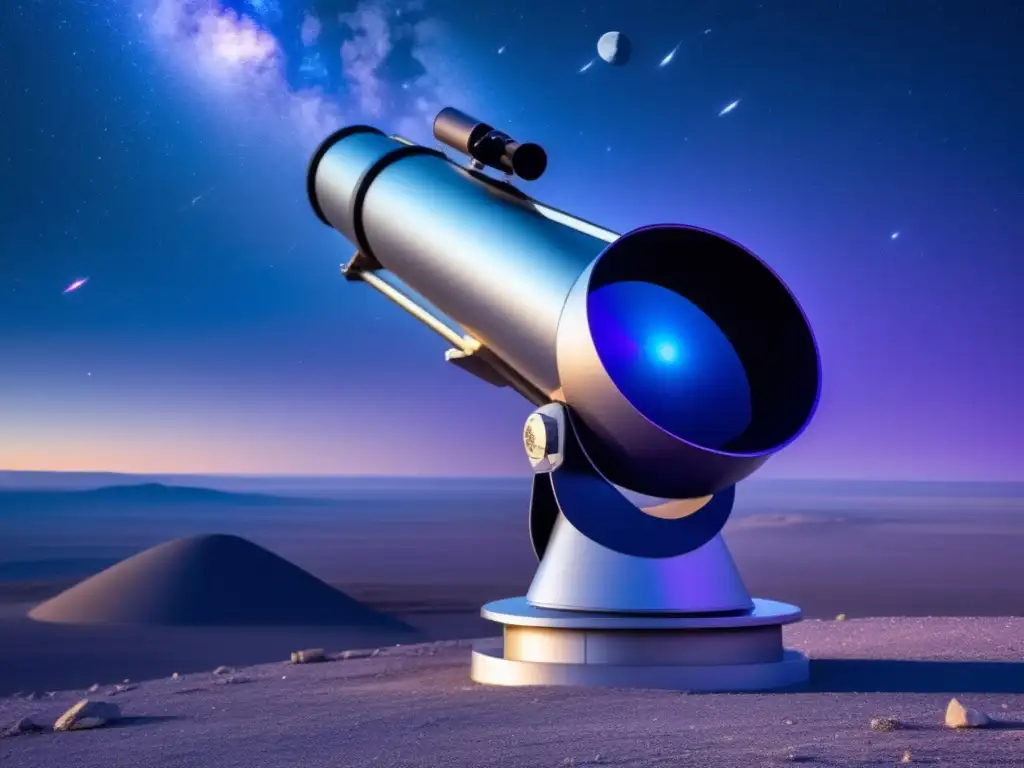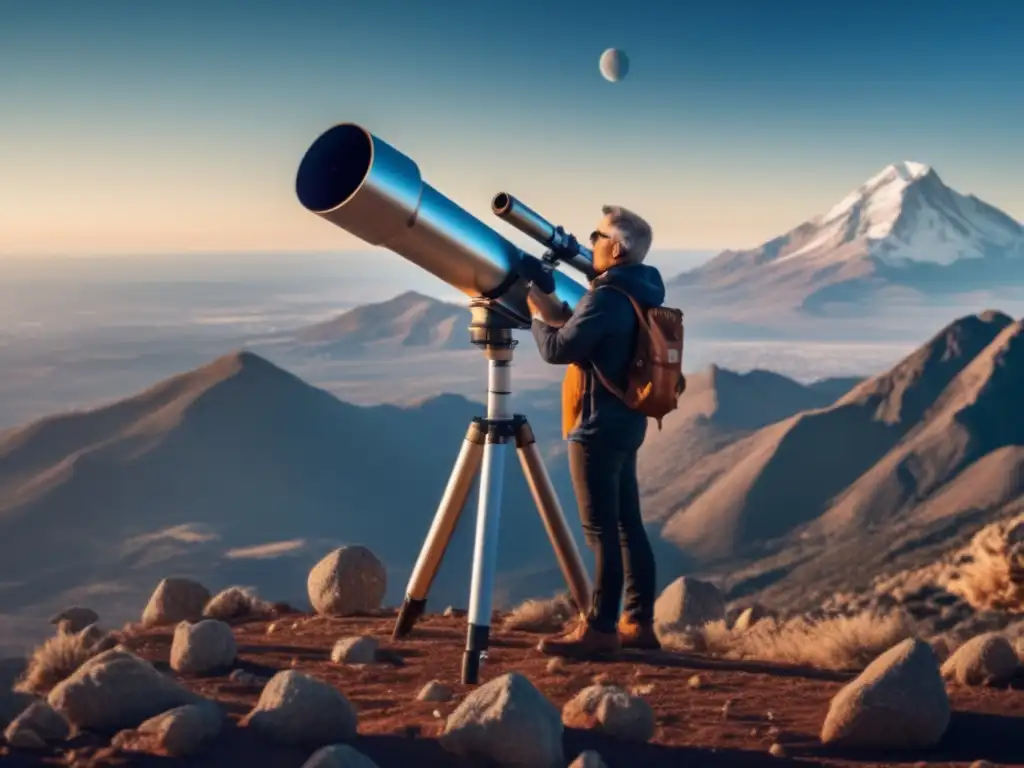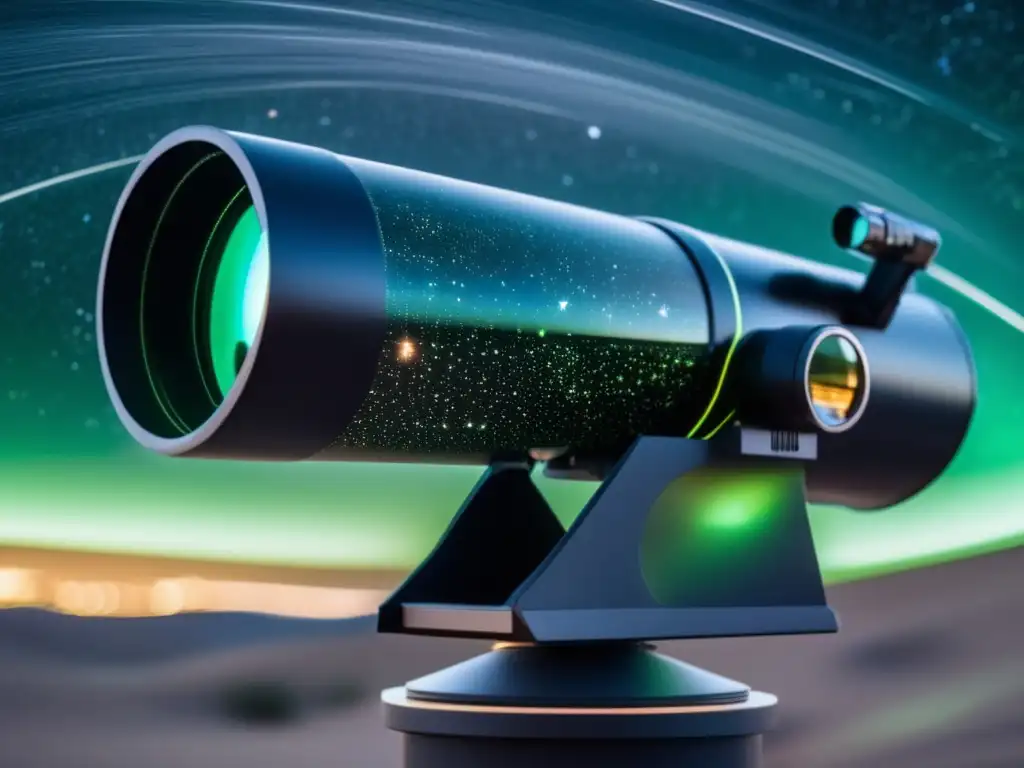DIY Guide To Building An Asteroid-Observing Telescope

Introduction
Welcome to Asteroid Realm's DIY guide to building your very own asteroid-observing telescope. In this article, we will provide you with step-by-step instructions on how to construct an effective telescope for observing and tracking asteroids.
Choosing the Right Equipment

Telescope Types
There are several types of telescopes suitable for asteroid observation. The most common ones include refractor telescopes, reflector telescopes, and compound telescopes.
Selecting Optics
High-quality optics are crucial for capturing clear images of asteroids. It is recommended to choose lenses or mirrors with a large aperture to gather as much light as possible.
Mounting Systems
Equatorial mounts are highly recommended for tracking asteroids as they can be aligned with the Earth's rotation. This allows for smooth and accurate movement to compensate for the apparent movement of asteroids in the sky.
Building the Telescope

Step 1: Assembling the Tube
Start by assembling the main tube of the telescope. Attach the primary mirror or objective lens at the bottom end of the tube and secure it tightly. Make sure the optics are properly aligned.
Step 2: Mount and Tripod
Attach the mount and tripod to the top end of the telescope tube. Ensure that the mount is securely fastened and aligned properly with the optics.
Step 3: Focusing Mechanism
Add a focusing mechanism to your telescope to enable precise adjustment of the focal length. This will allow you to achieve sharp images of asteroids.
Optimizing Your Observations

Dark Sky Locations
Choose observing locations with minimal light pollution to maximize your chances of spotting asteroids. Remote countryside areas or high-altitude sites are ideal for clear views of the night sky.
Recording Data
Maintain a detailed logbook to record your observations. Include information such as date, time, location, and any notable aspects of the observed asteroids. This data can contribute to scientific research and aid in the identification of new asteroid discoveries.
Frequently Asked Questions

-
Question 1: Can I use a beginner-level telescope for asteroid observation?
Yes, beginner-level telescopes can still be effective for observing asteroids. However, higher-quality optics and stability provided by advanced telescopes will enhance your experience.
-
Question 2: Do I need special filters for asteroid observation?
Special filters are not necessary for observing most asteroids. However, certain filters can be helpful when studying specific features or characteristics of particular asteroids.
-
Question 3: How can I track the movement of asteroids?
An equatorial mount combined with manual or computerized tracking systems can help you keep the asteroid in view as it moves across the sky.
-
Question 4: How do I contribute my observations to scientific research?
You can contribute your observations by submitting them to reputable organizations such as the International Astronomical Union or participating in citizen science projects that focus on asteroid research.
-
Question 5: Are there any online resources for asteroid enthusiasts?
Yes, there are several websites and forums dedicated to asteroids and astronomy where you can connect with fellow enthusiasts and stay updated with the latest discoveries and news.
Conclusion
Congratulations on completing our DIY guide to building an asteroid-observing telescope. Now you have the knowledge and tools to embark on your own asteroid adventures. Remember to share your experiences and observations with the asteroid community and continue exploring the wonders of our celestial neighbors. Happy stargazing!
Additional Resources

For additional resources and further information, check out the following:
- Asteroid Observation Guide - AsteroidRealm.com
- International Astronomical Union (IAU)
- Citizen Science Projects - Asteroid Research
- Astrobiology Magazine
 A Step-by-Step Guide To Observing Your First Asteroid
A Step-by-Step Guide To Observing Your First Asteroid The Role Of Computer Programs In Asteroid Tracking
The Role Of Computer Programs In Asteroid Tracking The Art Of Sketching Asteroids Through Telescopes
The Art Of Sketching Asteroids Through TelescopesIf you want to discover more articles similar to DIY Guide To Building An Asteroid-Observing Telescope, you can visit the Telescopes and Asteroid Observation category.
Leave a Reply

Articulos relacionados: